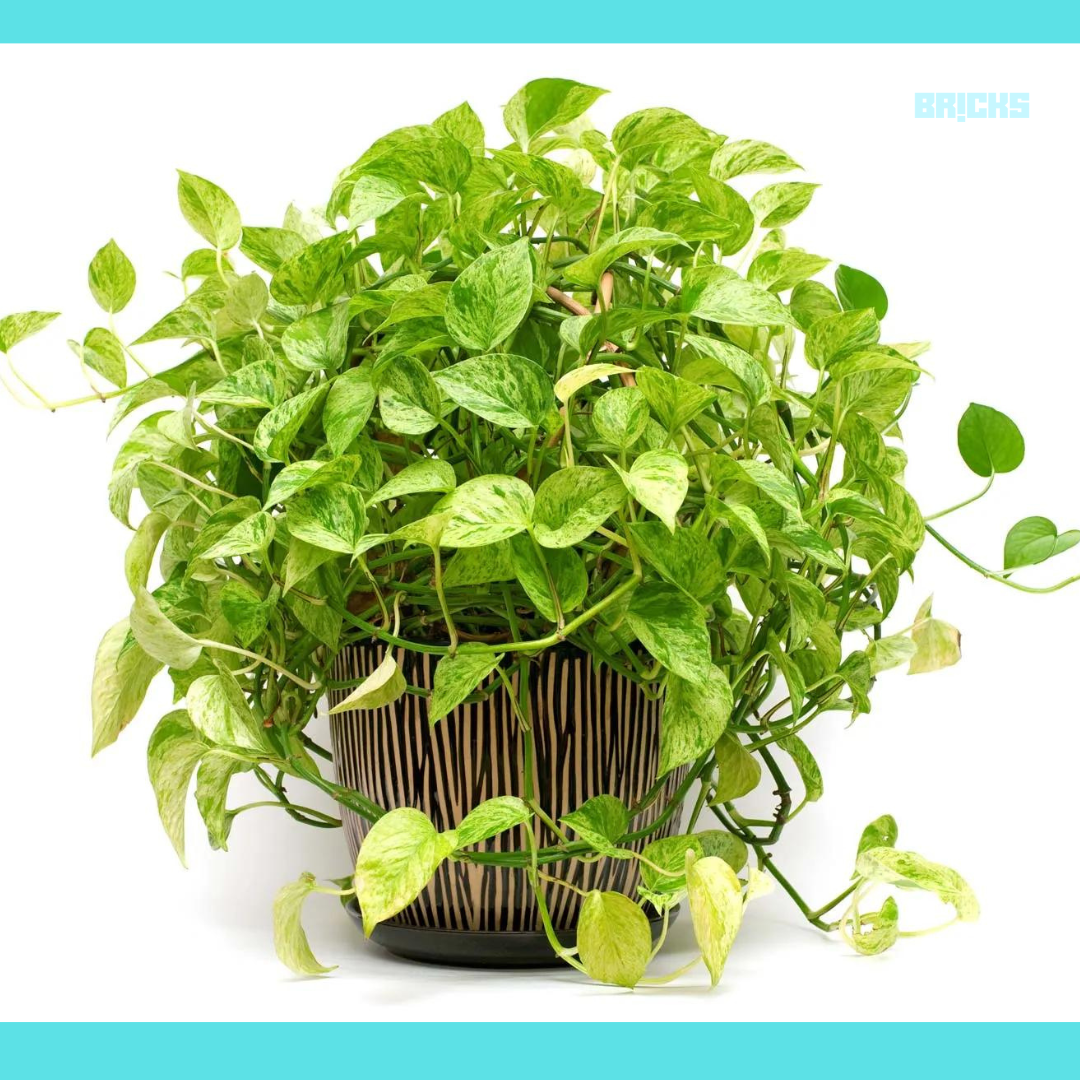A garden is one of the best ways to bring beauty, tranquillity, and a minor nature into your house. Vertical gardens are an excellent alternative for those who lack the room to establish a traditional garden. In this blog we will see Vertical Garden Wall | Green Wall Garden For Small Homes.
There still needs to be horizontal space left over from urbanization for outdoor gardens. In addition to being incredibly beautiful, green walls or vertical gardens lighten the mood. Living walls, sometimes called green walls, are an excellent way to dress up a plain, monotonous wall. They also improve air quality, act as acoustic barriers, and naturally regulate the surrounding area’s temperature.
The concept of vertical gardens has been introduced previously. Living walls were commonly used in ancient building styles. Since then, they have changed, and many now choose to have green garden walls in their houses or places of business. Recall Babylon’s Hanging Gardens. It is among the seven magnificent marvels of classical architecture from antiquity. Trees, fixed plants, and running vines are among the flora used in the Hanging Gardens. Collectively, they produced one of the most amazing spectacles you will ever see.
Around the 1920s, designers started incorporating plants into their designs more regularly. Notably, in the 1980s and 1990s, technology for growing vertical gardens was developed. These days, you can see vertical garden walls next to building entrances, outside and indoor constructions, and almost any open area. If you’re considering a similar project, visit our helpful guide on green wall gardens here.
Introduction To Vertical Garden
Vertical gardening is an excellent technique to make the most of a bit of space and design a stunning garden in your house. Plants are planted on shelves, walls, containers, and other vertical structures to build a vertical garden wall.
Any area, including indoor spaces, patios, courtyards, and balconies, can be transformed into a green wall garden. A vertical garden wall can also be made in any design, from contemporary to traditional.
Water and energy can also be effectively conserved by vertical planting. Because the plants are closer to the light source and the soil is easier to manage, it is more efficient than traditional gardening.
10 Vertical Garden Ideas For Your Home
We will explore 10 innovative ways to transform your home with a stunning vertical garden wall.
Hanging potted plants
Replicating a vertical garden using hanging planters is one of the easiest. It’s among the best illustrations of a vertical garden wall. To showcase your lovely collection of foliage suspended in midair, fill terracotta, ceramic, or clay pots with soil. After that, plant the saplings and hang them on your patio or yard. Their most impressive feature is that hanging planters can be used indoors and outdoors. They can be used outside in patios and backyards and indoors on balconies, rooftops, and patios.
Various options are available for hanging potted plants, some of which thrive in light conditions. These include spiders, jasmine, verbena, succulents, jade, and purple heart plants. Tie them with rope if you require a stylish plant display.
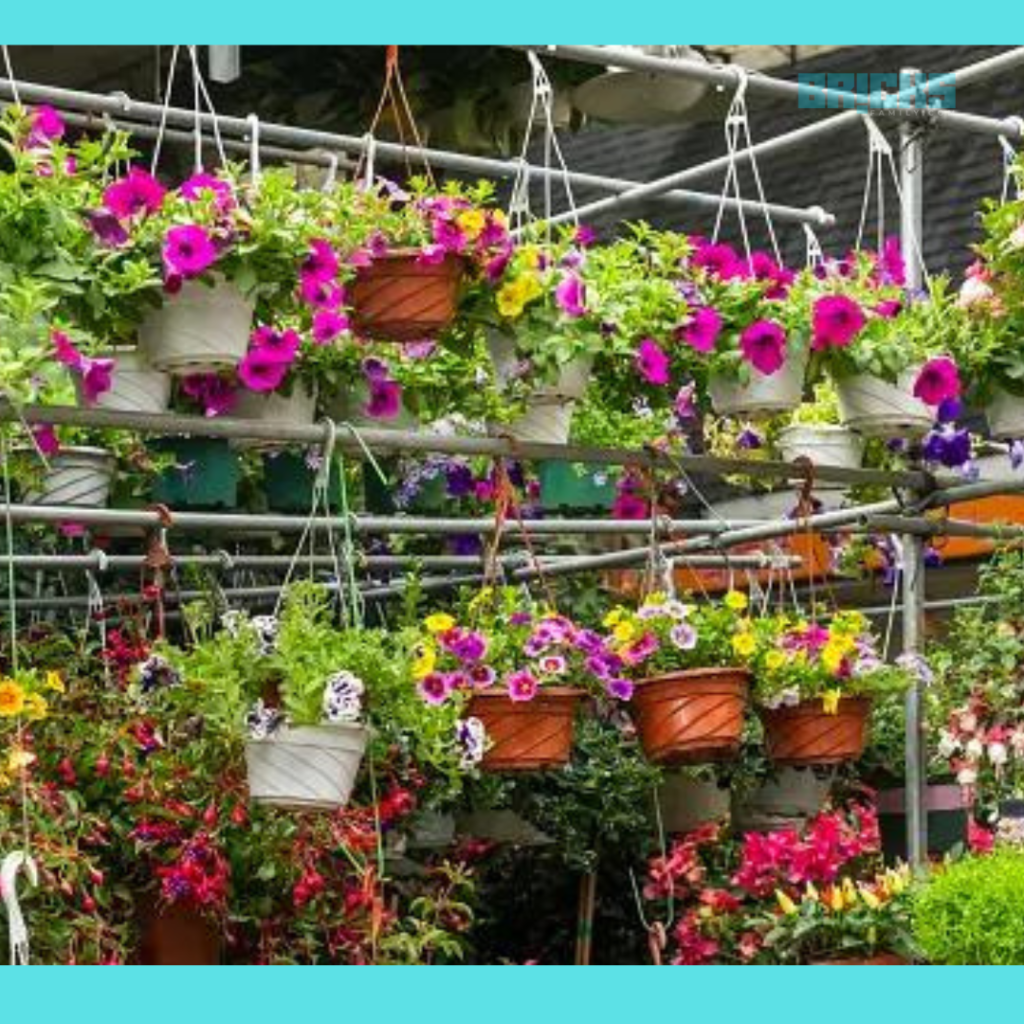
Herb Pockets
Making a vertical garden wall out of an old organizer is about as easy as it gets. You may use your pocket organizer as an indoor and outdoor gardening planter. Stuff a plant into each sleeve, then stuff earth into each pocket. Root rot is prevented because the porous canvas can drain away excess moisture.
Create this accessible exhibit to hang on your kitchen wall. Stow the compartments from a wall or fence to display ferns, vines, and other plants you might gather for your kitchen. Just fill the compartments with earth. The finest plant species to grow in this environment are herbs because they are low-maintenance and have a simple, appealing appearance.
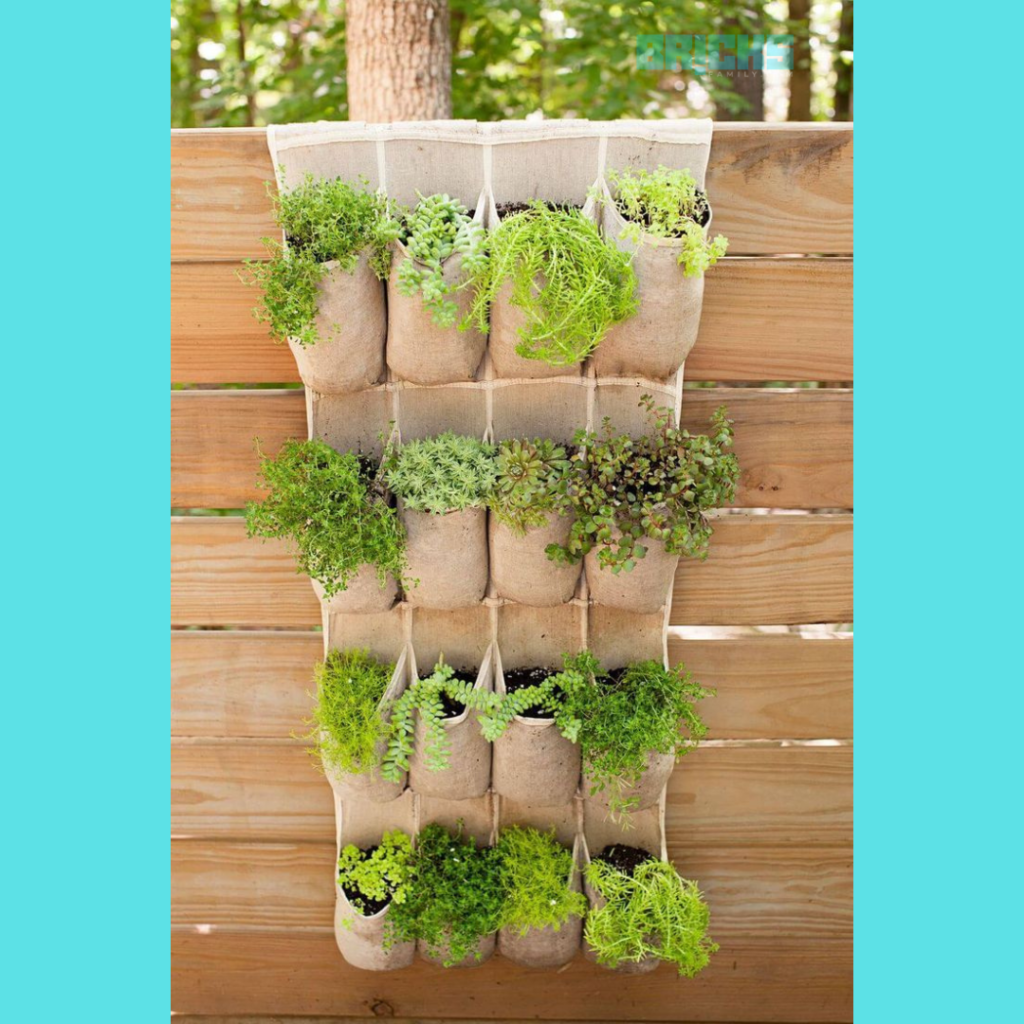
Hanging Baskets
Cultivating multiple plants at once in hanging baskets is a great idea. It saves a ton of room because you don’t have to bother putting the plants in the ground or a natural garden. Hang several rattan planters, bowls, or baskets from your wall, fence, or ceiling with a rope. Place the baskets inside a non-slip hook attached to the rope’s end to make a floating arrangement.
This vertical garden style is stunning and would look great all year round, but it would be adorable in the spring and summer when they will be enjoying the sun’s warmth. PlantingPlanting flowers and vines to trail behind is a beautiful concept.
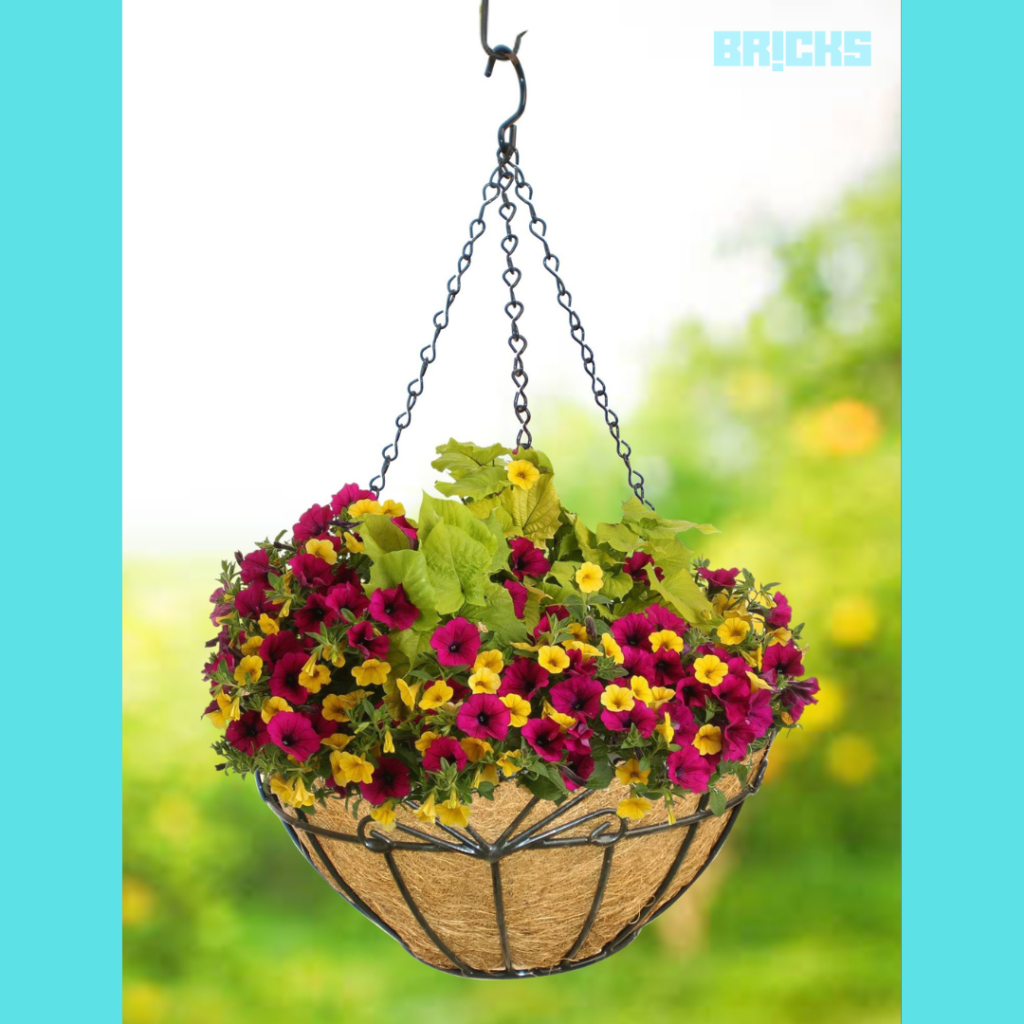
Vertical Garden Fence
Fence planting is another classic and flexible vertical garden design. A walled garden filled with climbing vines will look magnificent. Your yard will be beautifully adorned by creeping vines cascading over the fence and forming a fantastic display reminiscent of a jungle or rainforest. Vertical garden fences work well in small yards with limited garden space. Pallet planters, wire fences, lattice fences, and homemade fence trellises are more methods for fencing gardens.
Train climbing vines are an additional option. Suppose they drop around the squares with them and secure them with hooks to hold them in the air. You can trim them to have them grow in the direction you like. Using is among the easiest ways to create a garden in a small area to construct a vertical garden.
Reuse Ladder
A ladder garden is excellent if you have a little space where you want to grow veggies and greens. Unused furniture around your house can quickly transform into a vertical garden display. Both indoors and outside, ladder shelving makes a chic vertical garden.
A short wooden ladder serves as the inspiration for creating a tiered garden. Using the ladder design, you can fit a lot of greenery into a small space. As many “stairs” as you like can be added. Trailing plant species will emerge in this planter in whichever position you choose to lean it.
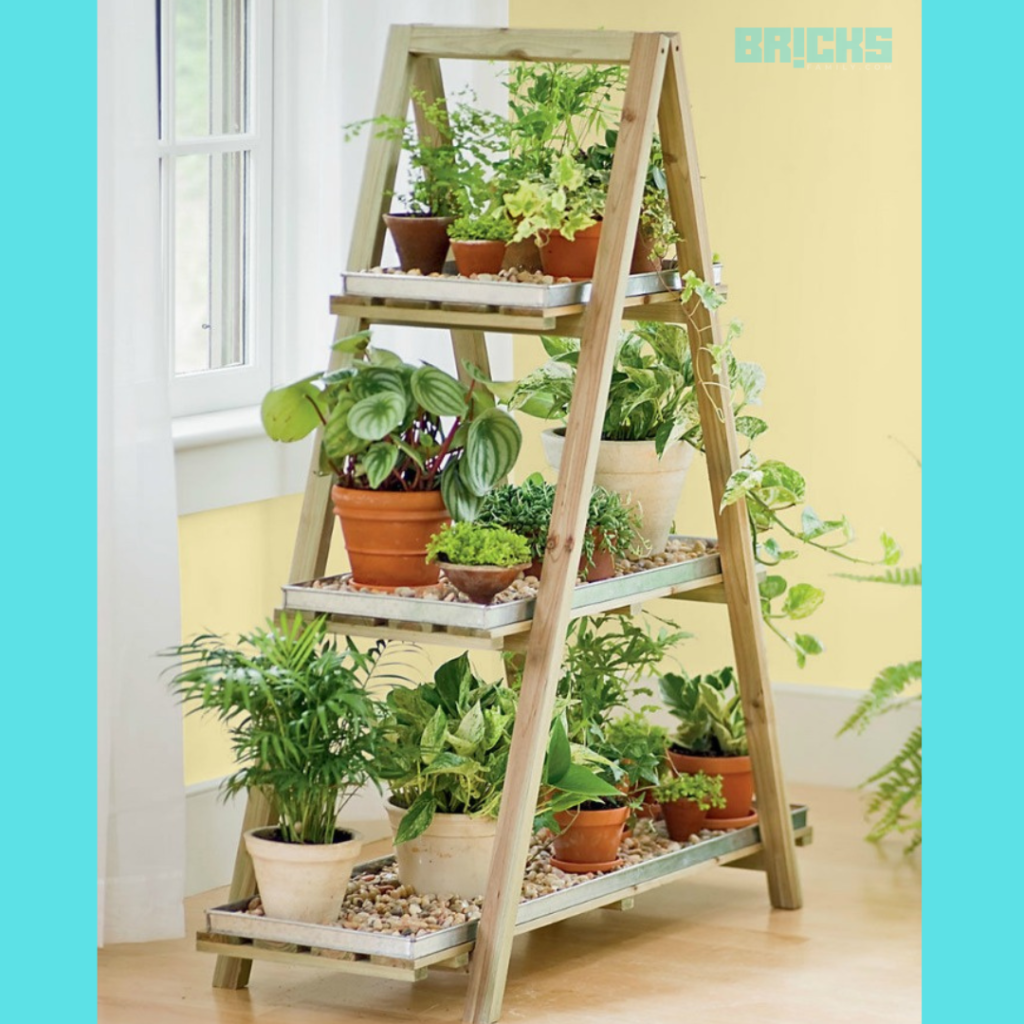
Metal Stand
Metal makes up the majority of plant stands used for outdoor planting. After all, metal is sturdy and may be coated to prevent rust. Your patio or yard will feel classic yet modern with black metal plant supports. Additionally, you may purchase a metal utility cart on wheels to quickly move your plant stand about and carry it from one place to another.
Metal supports come in various tones to fit your colour scheme or preferences. This metal planter is among the best ways to cultivate an outdoor garden. While some plant stands feature shelves, others have slots for placing pots.
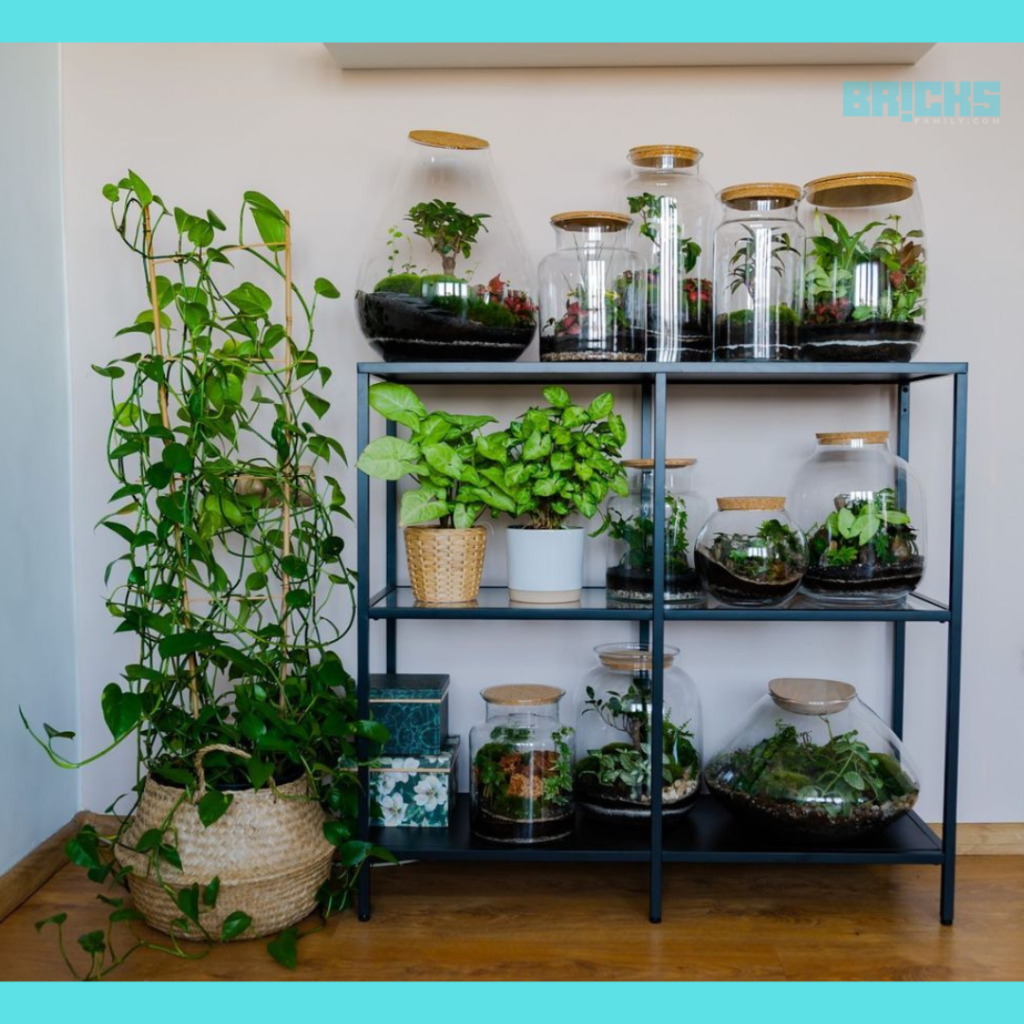
Wooden Slabs
If you want to try something out of the ordinary and unique, building vertical garden walls out of wooden slabs is the ideal solution. Planters should be installed on wooden slabs and nailed to the wall or fence. This is a good concept for fragile plants. If you use pots with contrasting colours to match the wood or stack hardwood slabs with metal, you will get a lot of compliments on this display.
Asymmetrical Garden Fence
Consider using containers that are the same size and colour for your flowers. They ought to be asymmetrically tacked on your fence. Use a different variation of the same flowers for a more structured arrangement. These planters allow you to plant whatever kind of flowering plant you like. The flowers can appear to be made of a colour pallet if they are all the same or a combination of colours. Use plants that require little to no replanting.
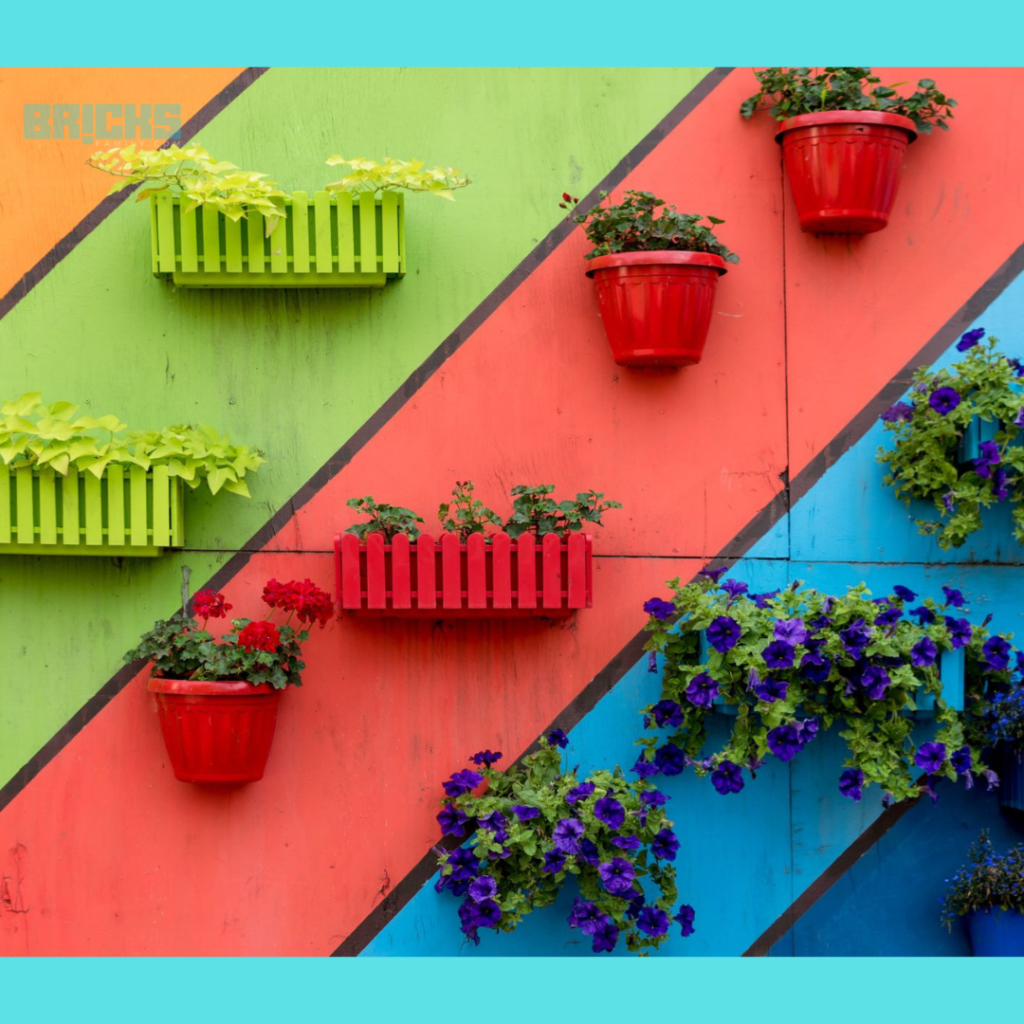
A Versatile Wall
Growing your fruits, veggies, herbs, and plants on a wall outside your house is always great. If you’re willing to spend the money, construct this helpful wall. It will function as a space for gardening, a wall of seclusion from the outer world, and even a gorgeous piece of furniture to wow your visitors.
There are numerous options and concepts for creating this garden wall. A vertical garden that doubles as a privacy screen can be made with hex wire, terra cotta pots, and cedar poles. You are adding or swapping plants as the seasons change, which is easy because you can hang individual pots. The hanging display’s capacity to be supported by the hex wire and allow air to circulate through it will keep your outdoor space windy and cool.
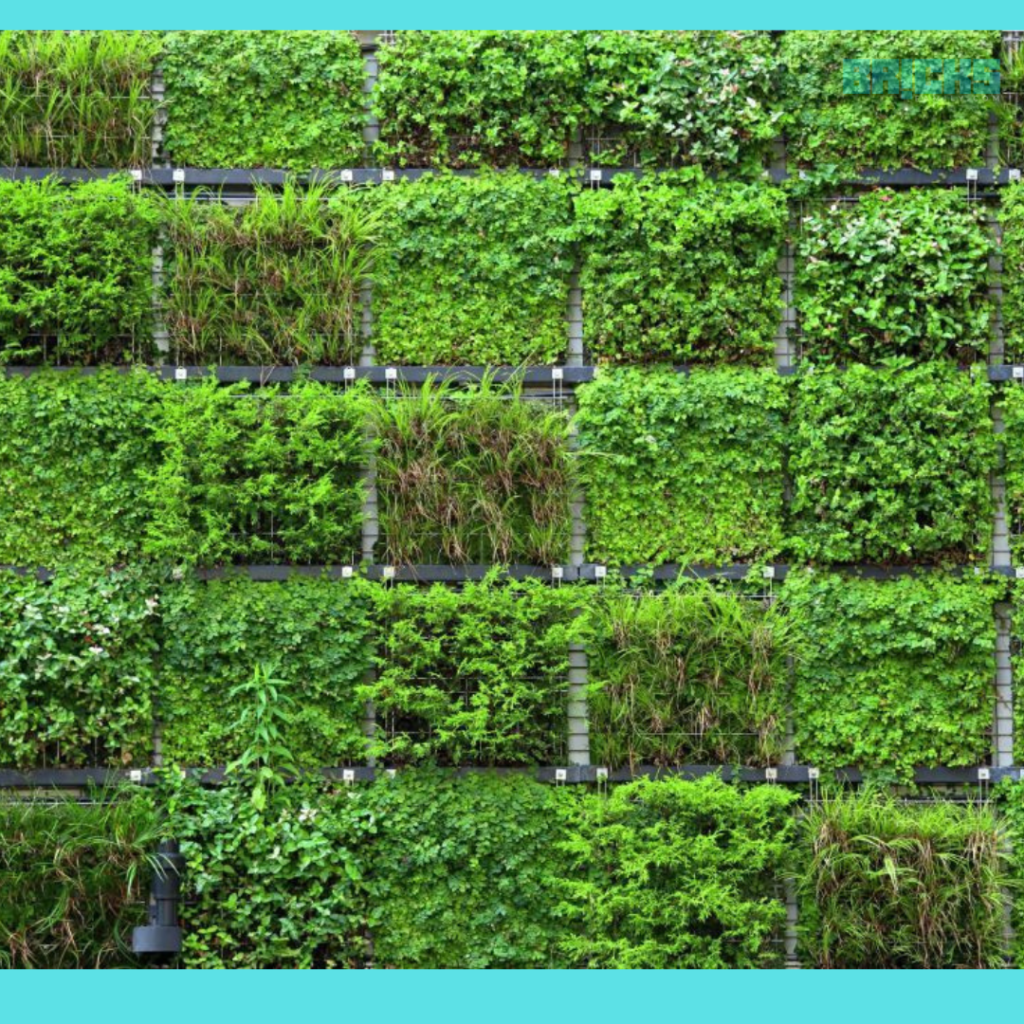
Colorful Paint Cans and Pallets
Using paint cans is one of the easiest methods to display beautiful flowers and herbs and realize your inexpensive vision of a vertical garden.
An attractive garden wall can be created out of a chain-link fence by using paint cans and salvaged pallets. You can make your pots for your outdoor garden out of tin cans or plastic soda bottles that have been abandoned. This would be a valuable solution for renters or thrifty homeowners who wish to conceal an unsightly fence but need help to rebuild it. The hooks that secure the pallet wall to the fence allow it to be easily moved to a new spot. After drilling a few holes to allow water to drain, the cans can be used for potting soil and plants. The next time, instead of discarding these bottles and cans, add some colour and give them a new lease of life by planting flowers.
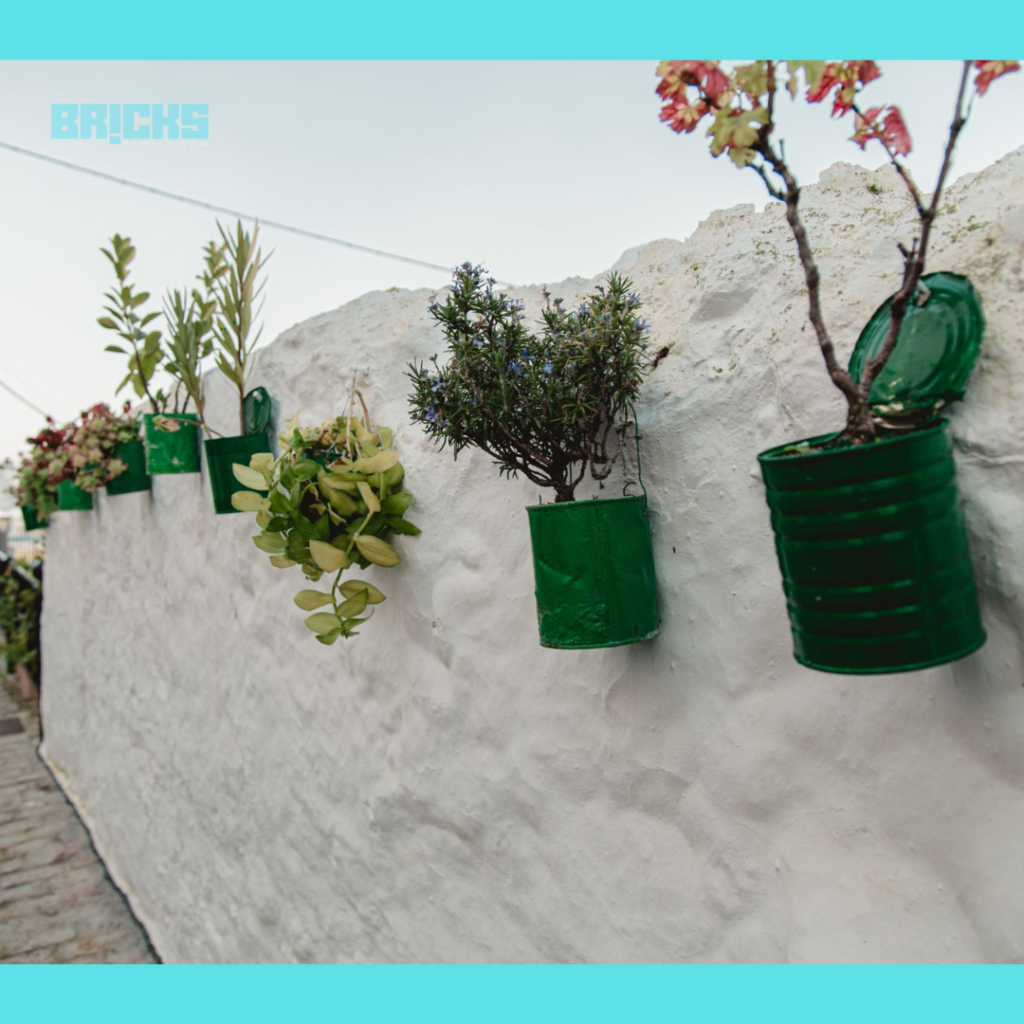
Choosing The Right Plants For A Vertical Garden
- The key to designing an excellent vertical garden is selecting the appropriate plants. Think about the plants you intend to employ. Succulents are among the plants that work well in vertical gardens. Here are some pointers for selecting appropriate plants:
- Keep the weather in mind. Ensure the plants you select are appropriate for the local climate. Take into account the plants’ exposure to sunshine and temperature.
- Consider height: Make sure the plants you select match the height of your vertical garden. Make sure the plants will fit in the space by considering how tall they will grow.
- Select plants with varying textures: Use a variety of textures in your plants to make a more captivating vertical garden. This will give your vertical garden more visual appeal.
- Select low-maintenance plants: Although picking low-maintenance plants is still essential, maintaining vertical gardens is less work than maintaining regular gardens. Select plants that require minimal watering or attention.
Vastu for Vertical Garden Wall
- Use these Vastu guidelines for the vertical garden to draw good energy into your home:
- The north direction is ideal for a vertical garden wall in a home since it promotes happiness and helps with the financial situation.
- Money plants are The finest plants in a vertical garden since they promote positivity.
- It is recommended that those who work with the public regularly create vertical garden walls facing eastward.
- Vastu Shastra recommends growing aloe vera, basil, and jade plants because they promote pleasant energy.
- When using a wall for vertical gardens or green walls, avoid placing it in the southwest, southeast, or south directions.
- Steer clear of prickly plants in vertical gardens since they bring bad energy into the home.
- Refrain from growing flowers against the walls of the compound.
- Don’t put a vertical garden wall in the middle of the house because it’s already clean and empty.
Summary of the Vertical Garden
Vertical gardening is an excellent technique to make the most of a bit of space and design a stunning garden in your house. It’s a fantastic method to attract wildlife to your yard while conserving energy and water. You may make a gorgeous vertical garden that will completely change your house with the correct design, plants, and maintenance methods!
Therefore, if you’re looking for a means to add a gorgeous green wall garden to your house, read this article’s advice, and you’ll be well on your way to designing a lovely and distinctive garden. To add beauty and tranquility to your area, you may create a gorgeous green wall garden with a bit of imagination and preparation.
Also Read: Fiberglass Sheet: Meaning, Characteristics, Types and Uses
Similar Topics: The 15 Best Indoor Succulent Plants to Brighten Up Your Home














